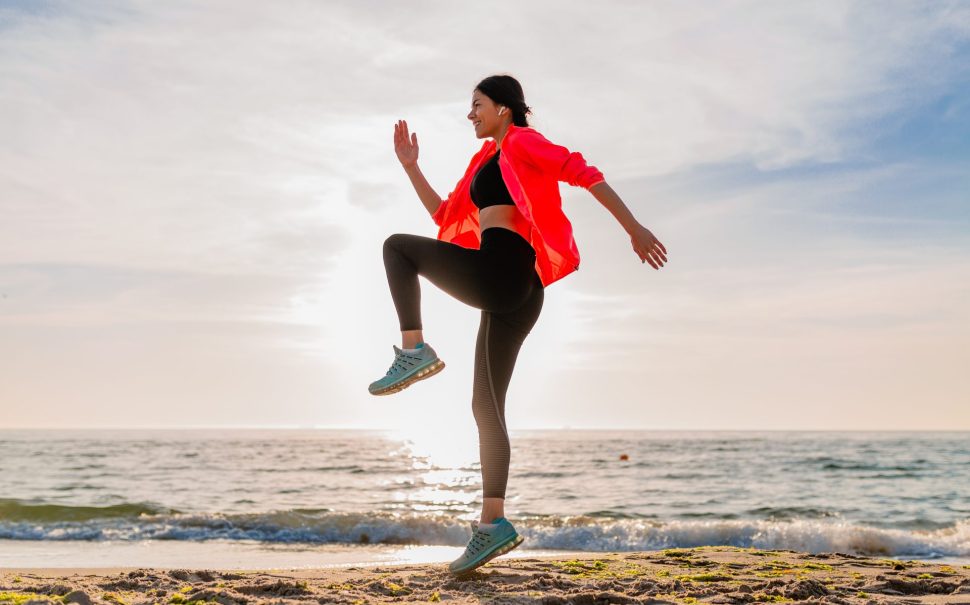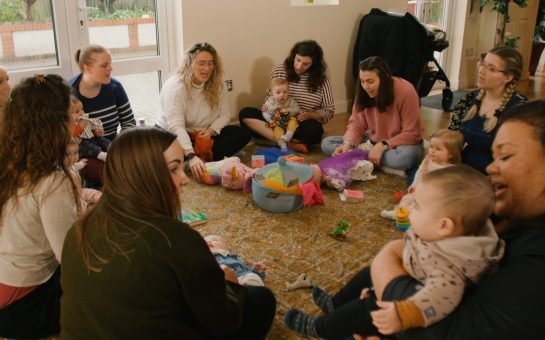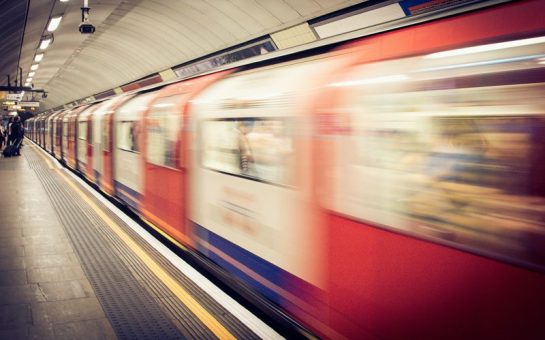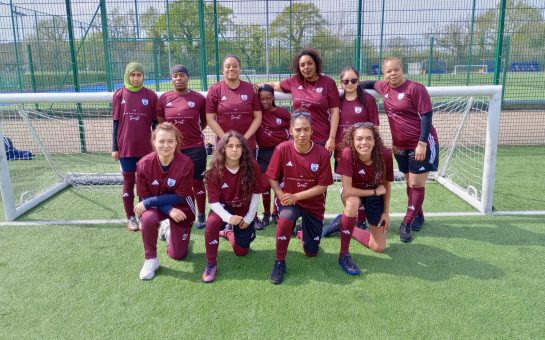Less than half of Asian females in the UK are physically active, according to government data.
Sport England’s Active Lives survey of 177,735 people showed just 46% of Asian females aged 16 and older did at least 150 minutes of activity a week when factoring in a variety of exercises from gym sessions to walking.
The Asian female activity rate was the lowest across all gender-ethnicity combinations measured and significantly behind the 60% activity rate observed in females across the board.
The survey included people of South Asian descent under the term ‘Asian’ with a separate label designated for people of Chinese ethnicity.
Intersectional barriers abound
Factors behind the disparity could start as early as childhood, according to Dr Ruth Jepson, a professor of public health in social science at the University of Edinburgh.
“Research shows that members of the South Asian community might focus more on the importance of education as young girls grow up and send the message that they should remain indoors studying,” Jepson explained to North West Londoner.
There is also evidence that older generations have concerns about their daughters’ safety when outdoors which could further restrict opportunities for activity, Jepson said.
The 2019 to 2020 survey showed Asian males had a higher level of physical activity compared to their female counterparts at just over 50%.
Gender-based expectations can also eat into exercise time according to Ravi Sandhu, lead coach at Pungra, a high-intensity exercise class based on the Punjabi folk dance of the same name.
The Pungra classes take place on Sunday mornings at Dormer’s Wells Leisure Centre in Southall, which has been a hub of the South Asian community since the mid 1950’s.
Sandhu explained that Asian women were the biggest demographic in his class, with fewer males.
Even so, when regular dancers fail to show up, it is often due to family functions where the burden of planning and preparation is placed on women.
“The pressure of being a good wife or a good daughter-in-law means women sometimes feel they must choose between exercising or keeping the family happy,” Sandhu explained.
Race and gender are just the tip of the iceberg.
South Asian people tend to have lower incomes compared with the broader population, which translates to less access to amenities such as leisure facilities or childcare, Jepson highlighted.
“There’s an intersection between income status and specific cultural barriers at the root of the low activity levels and it’s not just because of race” she added.
More personal barriers such as low self-esteem or self-belief can also stunt activity levels, according to Sandhu.
He said: “Some of the women I’ve met unfortunately feel they’re not good enough to get involved in my classes; they think they can’t dance well enough or aren’t thin enough to take part.”
The low self-esteem could be due in part to a lack of relatable role models in professional sports and athletics, Jepson said.
She explained: “There’s actually a lot of interest from South Asian girls and women in football and I think they need to see more people who look like them playing the game.
“If you don’t see it modelled, then you don’t think it’s happening and you don’t think you can do it yourself.”
The 2019 to 2020 survey showed white British women, who are better represented in sports than Asian women, also had a much higher physical activity level at 61.8%.
Change possible but nuance needed
While it is possible to change the tide on activity levels, solutions must be tailored to fit with South Asian females’ sense of personal identity, culture and lifestyle constraints, Jepson argued.
She said: “South Asian cultures can be quite group-oriented so it’s not really helpful messaging to just tell women to go for a walk or a swim by themselves.”
Sandhu noted many of his students were motivated by the social element of Pungra classes.
He added: “I often see women in their 20s and 30s mixing with women in their 50s and 60s who they would usually see as ‘aunties’, and they actually become good friends.
“South Asian people do grapple with the universal questions of ‘how do I find my tribe?’ and ‘how do I find other people like me?’”
Practical resolutions could include arranging group activities based on religious communities as well as women-specific sport teams and fitness classes.
Jepson said: “One of the most important things is to have women-only fitness spaces which are both safe and accessible.
“It’s all very well to have a women-only exercise session once a week but if this is timed when children are home and the women have to look after them, that won’t help.”





Join the discussion